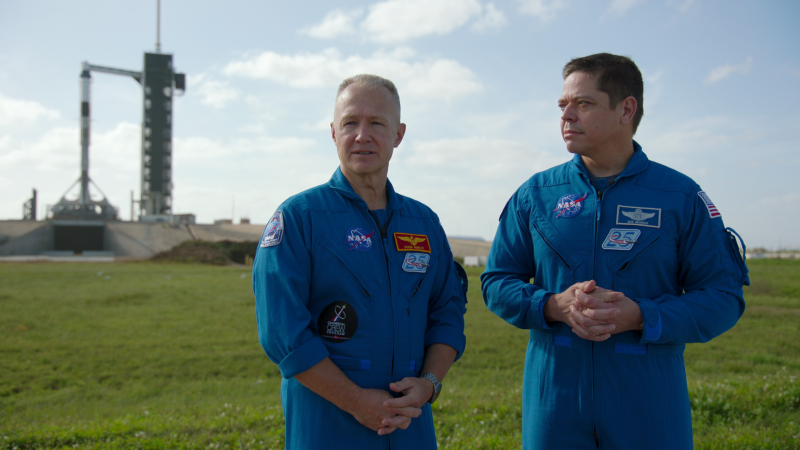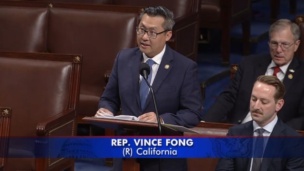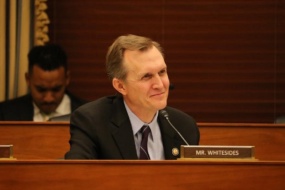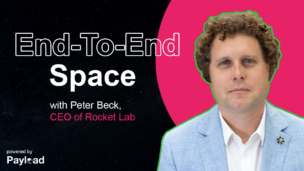Doug and Bob. Image: Netflix
Netflix is now streaming Return to Space. Directed by Oscar-winning duo Elizabeth Chai Vasarhelyi and Jimmy Chin. The feature-length film chronicles the SpaceX and NASA Demo-2 mission, which restored the US’s capability to domestically send its own astronauts to orbit.
Since you’re a space-savvy bunch and Return to Space is nonfiction, it’s not really possible for us to reveal any spoilers here. You should check out the full thing yourself, but in the meantime, we’ll give a brief synopsis. Come for the backstory; stay for the interview with the mission’s spacecraft commander.
1) Rocket interregnum
Two crews were tragically lost on the Space Shuttle, and by one estimate, it cost ~$1B/head to use the crew transport system to take astronauts to and from the ISS. Washington pulled the plug on the program, and in June 2011, the US lost the ability to launch its astronauts on American rockets from American soil. When the shuttle last flew, it was an emotional moment for the nation, NASA’s rank-and-file, and astronauts alike. “I didn’t know if I was ever gonna fly again,” says Doug Hurley, who flew on STS-135, the very last flight. Alas…
2) A bumpy ride
Return to Space alternates between this interregnum and SpaceX’s fits-and-starts progress toward the world’s first privately funded orbital-class rocket. After SpaceX achieved early success with cargo transport—and the shuttle was phased out—senators, industry players, and even Apollo-era commanders lined up against the proposition of funding private ISS crew transport. “People went bats*** crazy on us,” ex NASA Deputy Administrator Lori Garver tells producers.
3) Inside access
Vasarhely and Chin had an audience with Elon, NASA management, and SpaceX’s top brass, showing the emotional lows, the expletives, and more. Return to Space follows Demo-2 astronauts Bob and Doug (aka Robert Behnken and Douglas Hurley) and their families. Bob and Doug famously were the first to fly private with SpaceX. Their wives, Megan McArthur and Karen Nyberg, are current and retired astronauts, respectively. Both couples graduated from NASA’s Astronaut Candidate Class of 2000, and in total, the four have spent a combined 430+ days in space.
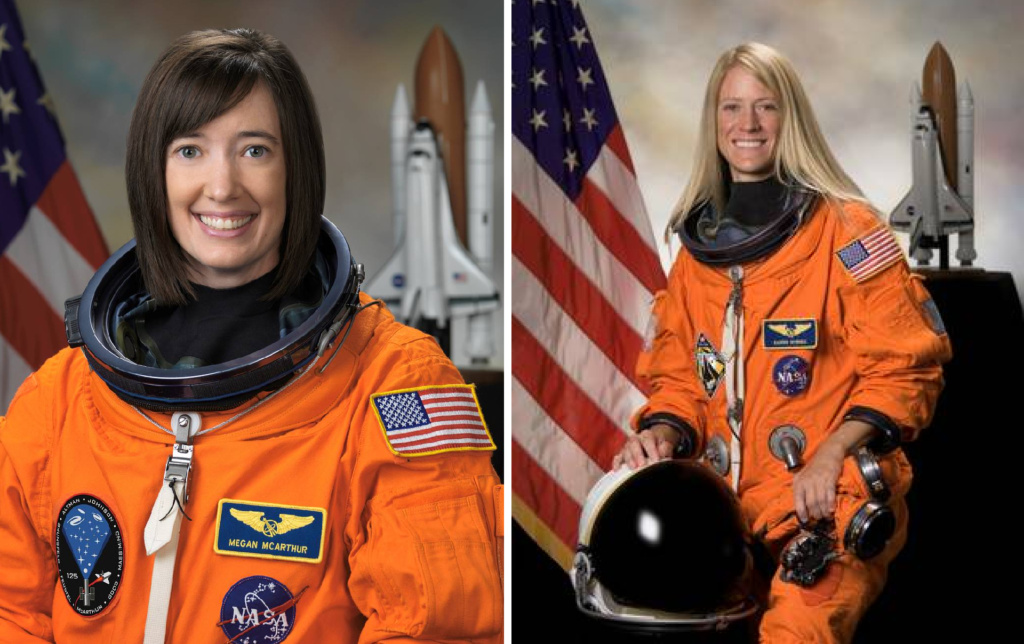
So…what’s it like?
We spoke with Doug and Karen about living in LEO, flying private, and chores at the space station. Note: This interview was edited for clarity and length.
How was riding with Falcon 9 and Crew Dragon different from the shuttle? In what ways was it similar?
Doug: Similar in the sense we were trying to do a mission from Florida to the space station and back. Different in a lot of ways because we were developing everything.
The Falcon 9 had been flown a number of times by the time we started, and certainly it flew a lot more. But Crew Dragon was essentially started from scratch, so there were all the different things that you need to consider for the design and operational capability of the vehicle: How do you fly it? How does it interact with the space station? How do you interact with the vehicle? Where does stuff go?
Then, there’s the training to fly the vehicle, not only for the astronauts but for SpaceX mission control folks. It was all new.
Contrast that with the last shuttle flight. 134 space shuttle flights had been trained at Johnson Space Center for crews. We were the 135th crew to go through space shuttle training. Other than the mission-specific stuff, a lot of the shuttle training had been finally honed over the years. It was almost predictable.
So, drastically different in almost every way, compared to what we were doing.
You’re both astronauts. When you’ve already been to space, what’s it like seeing your partner prepare for a trip, launch into space, and then return? Is it easier or harder?
Karen: In some ways, it makes it easier, but in some ways, it’s harder. You’re very attuned to the risks of it. But when one of us is up there, the other person gets it. You don’t have to explain in gory detail what you’re doing. You say: ‘I’m going to be doing this on this module.’ It’s all understood. When we were able to call each other, we understood how busy the other might be because of all of the operations going on. So it can be both good and bad.
If I asked your son, how would he describe growing up with two astronauts as parents?
Karen: He’s pretty unimpressed for the most part.
Doug: Unimpressed and indifferent.
Karen: In the back of his mind, he’s a little bit proud.
What aspect of living at the ISS is least discussed? There have to be parts of living up there that aren’t understood as well down here on Earth.
Karen: It’s not particularly glamorous. It can be dirty. If you don’t like to camp, then you’re not going to like living in space.
Doug: I’ve had questions before where people ask: ‘Ok, you launched up to the ISS. What do you do all day? Do you just look out the window?’ Gosh, no. We have a work day.
Just hanging out and enjoying the view?
Doug: Yeah, just looking out the window!
Typically, you get started at 7 or 7:30 GMT in the morning with the daily planning conference. That’s where all the mission control centers talk about the specifics that day or issues with the vehicle. From that point on, you’re off to the races till 7 or 7:30 that night. By the minute, your time is choreographed. You can get behind or you can get ahead, and the pace at time varies.
But especially [with Demo-2], Chris Cassidy had been up there by himself in the US segment for several months. We were extremely anxious to get two more people into the game and get a whole bunch of work done. Chris is superhuman, certainly, but he couldn’t do the work of three people, right? So, for the two months we were up there, the pace was unbelievable.
What’s your least favorite chore at the space station?
Karen: *laughs*…it’s been a while.
Doug: The human waste operation is always, you know…not fun.
I also had a task in the European module which I will never forget. I had to remove 164 bolts and washers for launch loads. They weren’t captive. And then I had to put them in a Ziploc. I had stuff floating around my head, and it was just the most maddening experience. If I’m being honest, it was poor design and they were trying to save money.
Karen: There are a lot of tedious tasks.
Doug: Things that ground comes up with, and you’re just like: ‘Really? We’re doing that?’ But that’s part of the job.
These days, maybe outside of the space community and more so in public discourse, you see some questioning whether it’s worth investing in space. Astronauts are ambassadors in a lot of ways and you two can uniquely speak to this. Why do we go to space and what are the benefits?
Karen: One aspect is getting humans in space is to look back at Earth. We have a lot of problems here on Earth. But going into orbit, from that perspective, you see how fragile our planet is and how closely connected we all are as neighbors. We’re all crew together on this spaceship.
Then, there’s scientific research that can be done without the force of gravity affecting it. That’s a huge part. And then, the general exploration piece. That’s what we’ve been doing as humans since the beginning of time and it just feeds our soul.
Finally, it inspires kids to study STEM fields. NASA and space exploration are huge in inspiring younger generations to study STEM, so even if they don’t go into space, it’s helpful in other areas.
